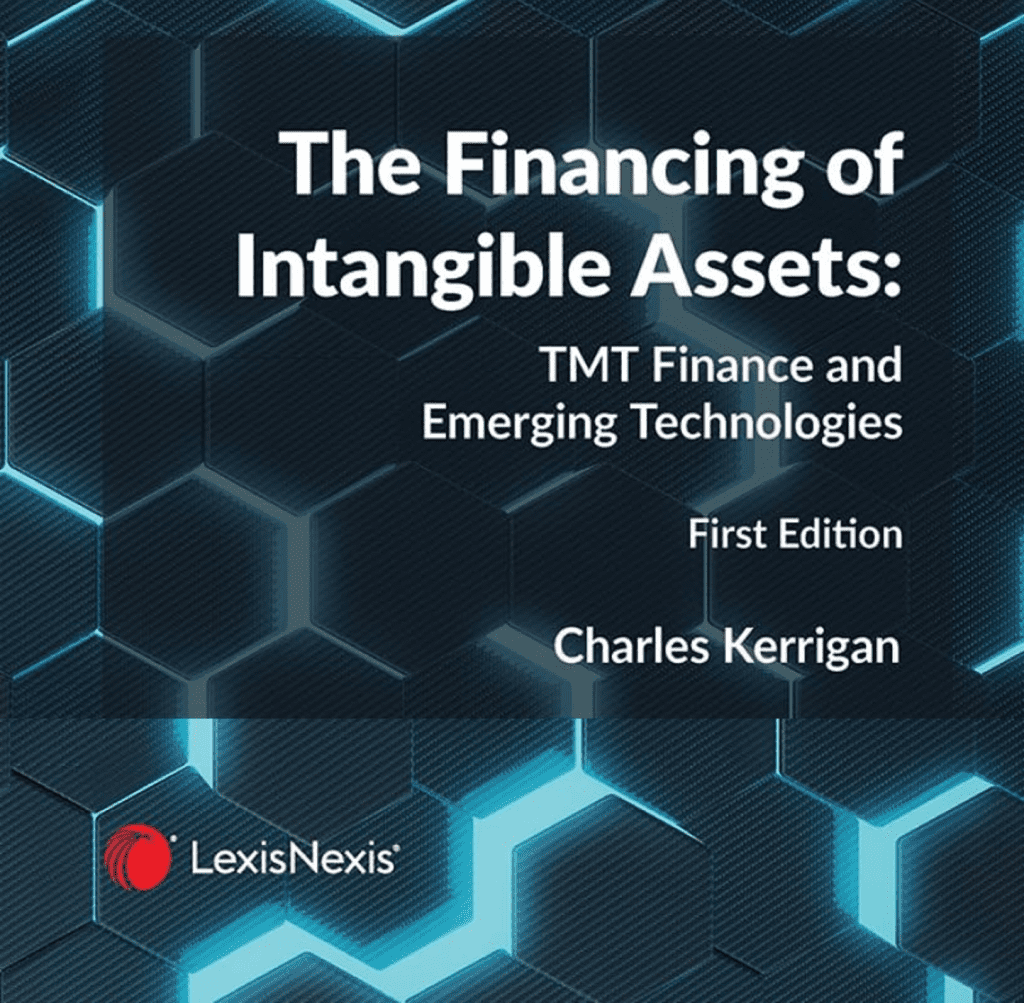April 9, 2024
There exists a prevailing concern regarding the debt financing of intangible assets, with growing investments in this domain believed to erode firms’ debt capacity. However, recent academic research sheds new light on this issue. Bianca He, from the University of Chicago Booth School of Business, in her paper titled “Financing Intangibles“, offers compelling insights into changes in firm financing resulting from the acquisition of intangible assets through M&A activities, as reported in US purchase price allocations spanning from 2001 to 2022.
Contrary to conventional assumptions, He’s findings challenge the notion that firms shy away from using debt to finance intangible assets. While debt financing for intangible assets is somewhat lower compared to tangible assets, it remains substantial. For every dollar of intangible assets acquired, there is an average increase of $0.24 in net long-term debt, compared to $0.43 for tangible assets.
Moreover, He delves into the nuances of borrowing constraints associated with intangible finance, distinguishing between asset-based debt (collateralized by specific assets) and cash flow-based debt (linked to operational cash flows or going concern value). Despite prevalent beliefs that asset-based debt dominates corporate financing and intangibles lack pledgeability, He’s research reveals that each dollar of intangibles is associated with a $0.25 increase in cash flow-based debt and a $0.05 increase in asset-based debt. Notably, intangibles are often paired with other assets, predominantly tangible and current assets, as collateral.
Furthermore, He’s analysis highlights variations in borrowing capacity among different types of intangibles. Production-based intangibles (e.g., patents, software, know how, technology) exhibit a lower borrowing capacity compared to demand-shifting intangibles (e.g., customer relationships, trademarks). Each dollar increase in demand-shifter intangibles is associated with a $0.57 increase in long-term debt, while production-based intangibles show only a $0.16 increase. This discrepancy is attributed to the risk mitigation potential of demand-shifter intangibles during economic downturns, contrasting with the increased risk and volatility associated with technology-based assets.
In summary, the perceived limited pledgeability of intangible assets does not necessarily impede firms’ debt capacity. Embracing cash-flow based financing and prioritizing demand-shifter intangible assets can significantly enhance debt capacity. While equity financing remains an option, it tends to be more costly. In light of increasing investments in intangible assets, public and institutional organization for debt financing is imperative. Notably, the US capital market demonstrates a remarkable readiness for intangible debt financing, evident in its high proportion of intangible assets among listed companies.
Nevertheless, initiatives to promote intangible debt financing are still nascent in most regions. Efforts in the UK and Singapore exemplify attempts to raise awareness and incentivize corporate lenders. In the UK, financial institutions like HSBC, Clydesdale Bank/Virgin Money, and NatWest have introduced specialized lending products to support intangible growth. In East Asia, various players – including DBS Bank, Evia Capital Partners, Oversea-Chinese Banking Corp, Resona Merchant Bank, United Overseas Bank, Grab‐Singtel, SEA, Ant Group and Greenland Financial – are also exploring opportunities in this domain.
Participants and advisors concur on three fundamental prerequisites to stimulate intangible debt financing:
Professional practice made notable improvements in these domains during the last 20 years. However, intangible debt financing also necessitates concerted public efforts and initiatives, such as the Singapore IP Strategy 2030, alongside investments by lenders in specialized expertise and processes. Failure to address these imperatives risks stunting future economic development, as IP investments gravitate towards more conducive environments.
If you want to delve deeper, I suggest reading “The Financing of Intangible Assets: TMT Finance and Emerging Technologies” by Charles Kerrigan.

Get relevant and robust market comps for your valuation within minutes.

Herrengasse 46a
6430 Schwyz / SZ
Switzerland